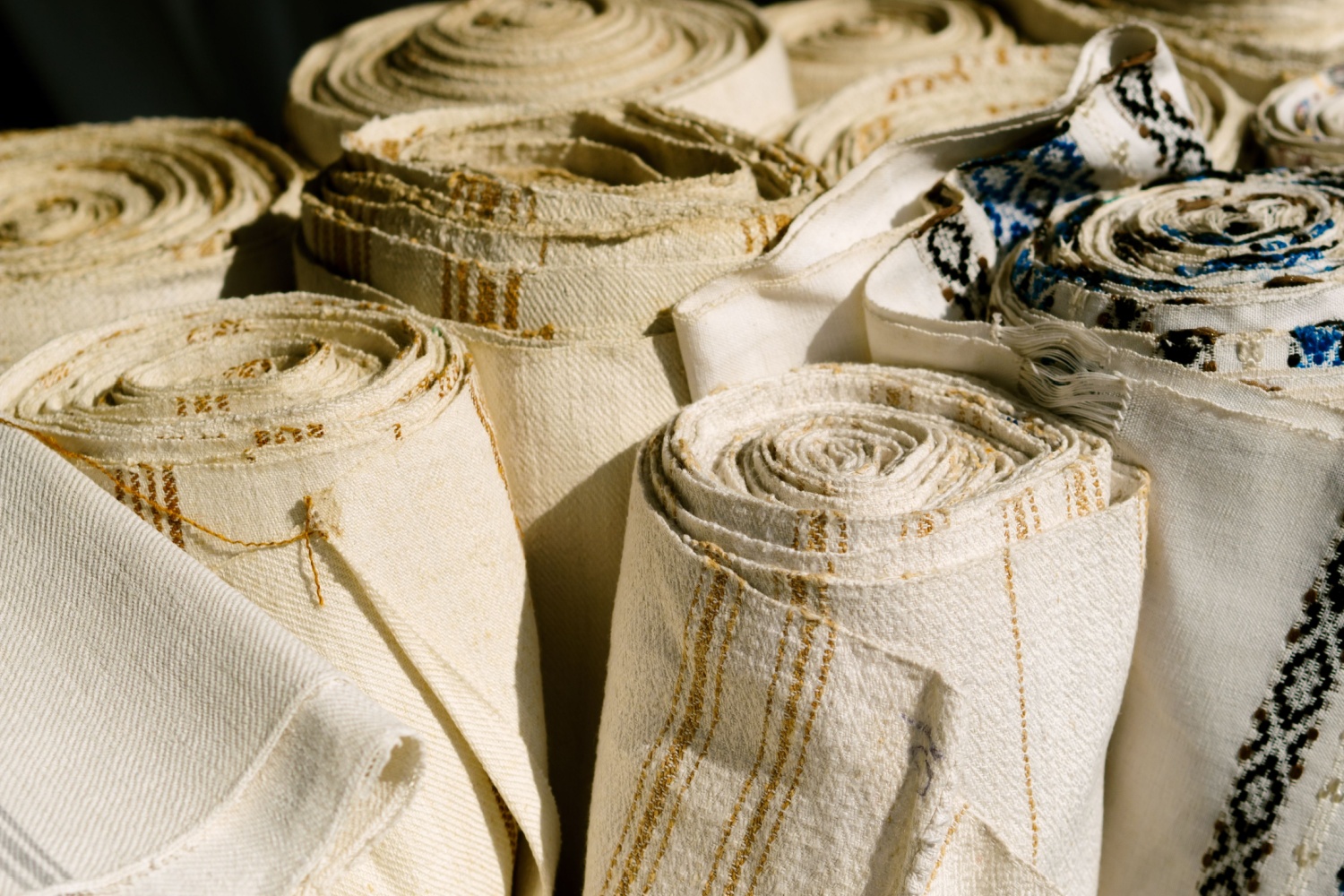The 2018 farm bill provided a legal pathway for the production of hemp in the United States. This summer, researchers at the University of Illinois held a Hemp Research Open House. David Lakeman from the Illinois Department of Agriculture kicked off the event.
“Illinois is almost perfectly designed for hemp production. One of the things I mentioned is that, in the course of the Second World War, right as the United States entered the war, many of the areas that grew hemp for industrial purposes fell under enemy control. The Philippines and Ukraine are two of the greatest areas for hemp production. At least they were at the time. And, you know, virtually overnight in late 1941, both of those places were unavailable. So, the United States Department of Agriculture launched a program called Hemp for Victory, which encouraged U.S. farmers to grow hemp and step into that void. And Illinois farmers stepped up, and between 1942 and 1945, grew almost 20,000 acres of hemp, which supported the war effort. It can be done here.”
The ”Hemp for Victory” program is something that Lakeman hopes can be recreated in a modern twist.
“And I want to see one more area for our farmers, who are struggling, who are dealing with multiple challenges, to have this crop that is so versatile. It can grow on looser, rockier, and more acidic soil than other cash crops can. It is great at absorbing things from the soil. So, if you know, before marijuana was made illegal in the ‘30s, farmers would line their fields with hemp because it would absorb heavy metals, lead, mercury, arsenic, and pesticides. It would absorb those out of the field so that you could grow your corn, right? There are a million different uses for it. And I want to make sure that Illinois not only has a thriving industry, but it continues to be a leader in industrial hemp production.”
The United States government, during World War II, was spurring the production of hemp for its fiber. Today, it has a broader set of industrial options.
“Again, it’s virtually limitless. So, to answer your question, during the war, again, rope was one of the chief uses for it. An actual battleship, so an Iowa-class battleship, would use about 30,000 feet of hemp rope. And then, of course, less for a cruiser or destroyer, but, you know, something similar. We also used it for the production of uniforms, especially for exports to the Soviet Union, which used a lot of hemp grown in what is now Ukraine to make their uniforms. Now, given the state of science, there’s so much more it can be used for. So, you can make hempcrete, which is versatile, it is light, it is fire-retardant, and it is extremely useful. You can turn it into plastics. I have in my office at the Department of Agriculture a set of plastic silverware that is made from hemp material. You can make oils out of it. You can use it for cloth. For paper. There’s a great used bookstore in downtown Springfield called the Prairie Archives. They have all these newspapers that go back to before Illinois was a state. And it’s interesting, you go through those papers, you can find when Illinois moved from making hemp paper for those newspapers to wood pulp paper, because the hemp paper is still as clear as the day it was printed. It doesn’t need all the protection that wood pulp paper does. It maintains its character. It stays stable. So, I mean, if you could do that and start replacing lumber production with hemp paper, it’s both more sustainable and has the benefit of sticking around longer. It’s more stable as a product. So again, there are virtually limitless applications. And I think that’s part of why what the U of I is doing is so important. It’s why this program is so important, because we’re just now learning all we can do with this plant, and I want to continue to support those efforts.”
It is the reason the Illinois Department of Agriculture sent Lakeman to the U of I to speak at the Hemp Research Open House.
“I think every one of the state universities now has a hemp program. They’re incredible resources. They’re pushing the science forward in a way that many other states are not doing. You know, there’s a long history, not just here at U of I, but also at the agriculture school in Carbondale, with hemp and cannabis research. They have a very long history. So, making sure that we’re utilizing these incredible resources that Illinois has to bring to bear on it, they’re here, we’re here, and that’s part of why the department wanted to be at this event is to showcase our support and raise awareness of what these programs are doing.”


